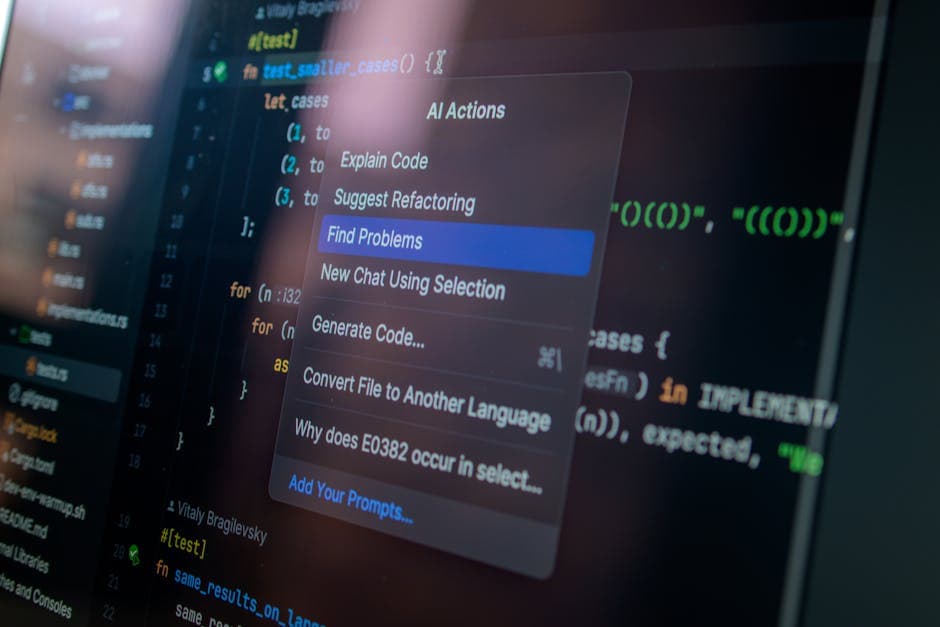When the Lights Went Out: Cloudflare's Humbling Moment
It was a crisp November morning in 2025 when the unthinkable happened: Cloudflare, the internet infrastructure giant renowned for its ironclad reliability, experienced a catastrophic outage that reverberated across the digital landscape. Websites, applications, and online services that had long taken Cloudflare's "always on" promise for granted found themselves suddenly dark, their users left stranded and bewildered.
This was no minor hiccup; it was a stark reminder that even the mightiest of tech titans are not immune to the fragility of complex systems. As the incident unfolded, it became clear that the myth of infallibility had been shattered, exposing the critical need to rethink the very foundations of system resilience.
The Illusion of Infallibility: The Limits of Technical Redundancy
Cloudflare's reputation had been built on its ability to withstand even the most punishing distributed denial-of-service (DDoS) attacks and weather the storms of internet volatility. The company had invested heavily in redundant data centers, failover mechanisms, and cutting-edge infrastructure to ensure its services remained uninterrupted. Yet, on that fateful day, all of those technical safeguards proved woefully inadequate.
The root cause of the outage was a cascading failure triggered by a seemingly innocuous software update, a stark reminder that even the most robust system architecture has inherent vulnerabilities. As engineers scrambled to diagnose and resolve the issue, it became clear that the quest for absolute reliability had reached a technical ceiling, one that could not be overcome through sheer force of engineering alone.
This sobering realization forced a reckoning: the illusion of infallibility had to be shattered, and a new approach to resilience had to emerge.
Counting the Costs: The Financial and Operational Barriers to True Resilience
As the Cloudflare outage dragged on, the true scale of the challenge became apparent. Beyond the technical hurdles, there were significant financial and operational barriers to achieving true system resilience. The cost of maintaining a truly redundant and fault-tolerant infrastructure was staggering, requiring investments that few organizations could justify.
Moreover, the operational complexity of managing such a sprawling, multi-layered system was immense. Coordinating teams, aligning processes, and ensuring seamless communication during an outage became a Herculean task, further undermining the pursuit of the elusive "always on" promise.
The harsh reality was that the idealized vision of uninterrupted service was, in many cases, an illusion. Organizations had to confront the fact that some degree of downtime was inevitable, and that the focus should shift from chasing the unattainable to building systems that could gracefully recover and communicate transparently when failures did occur.
Rethinking Resilience: Embracing Graceful Recovery and Honest Communication
The Cloudflare outage served as a wake-up call, prompting a fundamental rethinking of the very concept of resilience. Rather than obsessing over technical redundancy and the illusion of infallibility, leaders began to recognize the value of designing systems that could gracefully recover from failures and communicate openly with their stakeholders.
This shift in mindset acknowledged the inherent limitations of infrastructure and the need to prioritize flexibility, adaptability, and transparency. Organizations started to invest in early warning systems, automated failover mechanisms, and comprehensive incident response plans, all with the goal of minimizing the impact of outages and restoring service as quickly as possible.
Equally important was the emphasis on honest communication. Rather than scrambling to conceal or downplay the severity of an outage, leaders embraced a culture of transparency, proactively informing customers and users about the nature of the incident, the steps being taken to resolve it, and the expected timeline for recovery. This approach not only built trust but also provided valuable insights that could inform future system design and resilience planning.
From Illusion to Resilience: Charting a Sustainable Path Forward
The lessons from Cloudflare's 2025 outage have reverberated across the technology landscape, challenging the prevailing notions of what it means to build resilient systems. Organizations have come to realize that true resilience lies not in the pursuit of an unattainable "always on" promise, but in the ability to gracefully navigate and recover from the inevitable failures that arise in complex, interconnected systems.
By embracing a more grounded and transparent approach to system architecture, leaders can chart a sustainable path forward – one that prioritizes resilience over the illusion of infallibility. Through a combination of proactive planning, flexible design, and honest communication, organizations can build systems that not only withstand the unexpected but also inspire trust and confidence in their users, even in the face of adversity.


